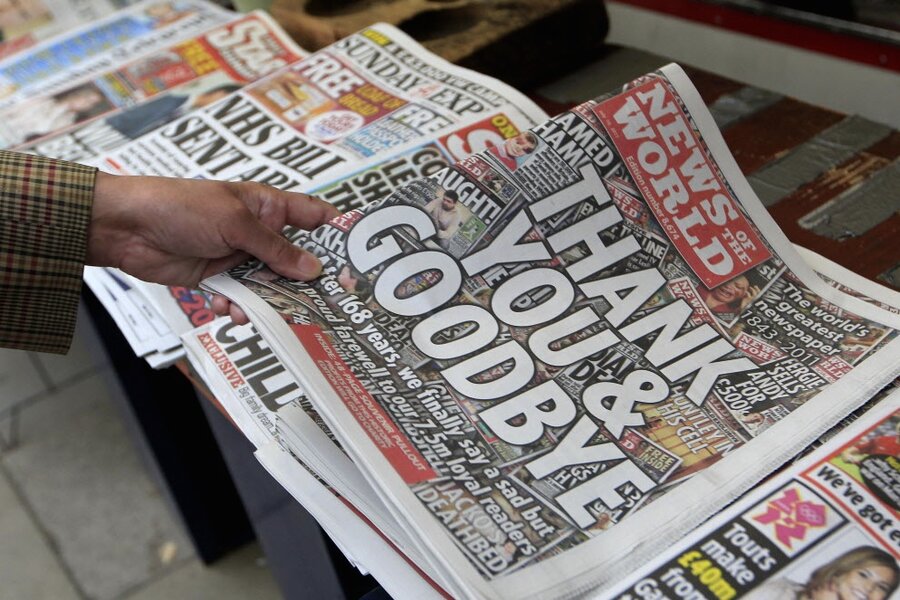Polls show you probably won't trust this article
The so-called “glory days” of journalism – when people actually got the newspaper at their doorsteps – are rumored to be fading. But declining subscription rates don't tell the real story, a new study claims.
According to a recent Gallup poll, 6 out of 10 Americans don’t trust the mass media. In a poll conducted in July this year, Americans were asked how much they trusted the media to report fully, accurately, and fairly: "great deal," "fair amount," "not very much," or "none at all. Like last year, 60 percent went straight for the two lowest categories.
The study, which is disheartening if not downright alarming, comes at a time when newspaper staffs are down by 10 percent, and young reporters can churn out two stories a day for an $18,000 salary.
The last time more than two-thirds of the public trusted the mass media, according to Gallup, was in 1976. Ten years ago, the numbers were split 50/50.
So what changed?
The surveys have tracked a series of major journalistic blunders that have gone viral in recent years.
Two years ago, CNN and The New York Post came under fire for repeatedly messing up facts during the Boston bombings. CNN’s John King made comments that police were seeking a "dark-skinned male;" the New York Post published photos of the wrong men as suspects. Last April, Rolling Stone published an inaccurate account of a rape case at the University of Virginia that went viral and became known as a "failure of journalism." In July, a Twitter stock jumped over eight percent after a story was published on a fake platform (that looked exactly like Bloomberg News) claiming Twitter had received a takeover offer.
The number of major journalistic gaffes goes on. And on. And … on.
Still, the media keeps monitoring the media. David Carr, the long-time columnist behind the New York Times's "The Media Equation," kept journalists biting their nails with his scathingly honest if not obsessive voice on the power – or lack thereof – of media tycoons and the ever-changing status of the news.
"Journalism's status as a profession is up for grabs," he wrote in March 2014. "A viral hit is no longer defined by the credentials of an individual or organization. The media ecosystem is increasingly a pro-am affair, where the wisdom – or prurient interest – of the crowd decides what is important and worthy of sharing."
A team of hawk-eyed journalists at the Columbia Journalism Review (CJR) keeps tabs on media missteps, with a near-daily update on their blog.
News outlets have committed "plenty of screw-ups, and CJR has kept track of them so you don’t have to," wrote CJR’s David Uberti. CJR was established as a wing of Columbia University's elite journalism program in 1961 to "encourage excellence in journalism."
But the mass media caravan isn't the only one losing its own wheels – a recent study from Harvard’s Kennedy School of Government found that young Americans trust their President, the US military, and the Supreme Court even less than they trust the media.
But hey, don’t shoot the messenger.





